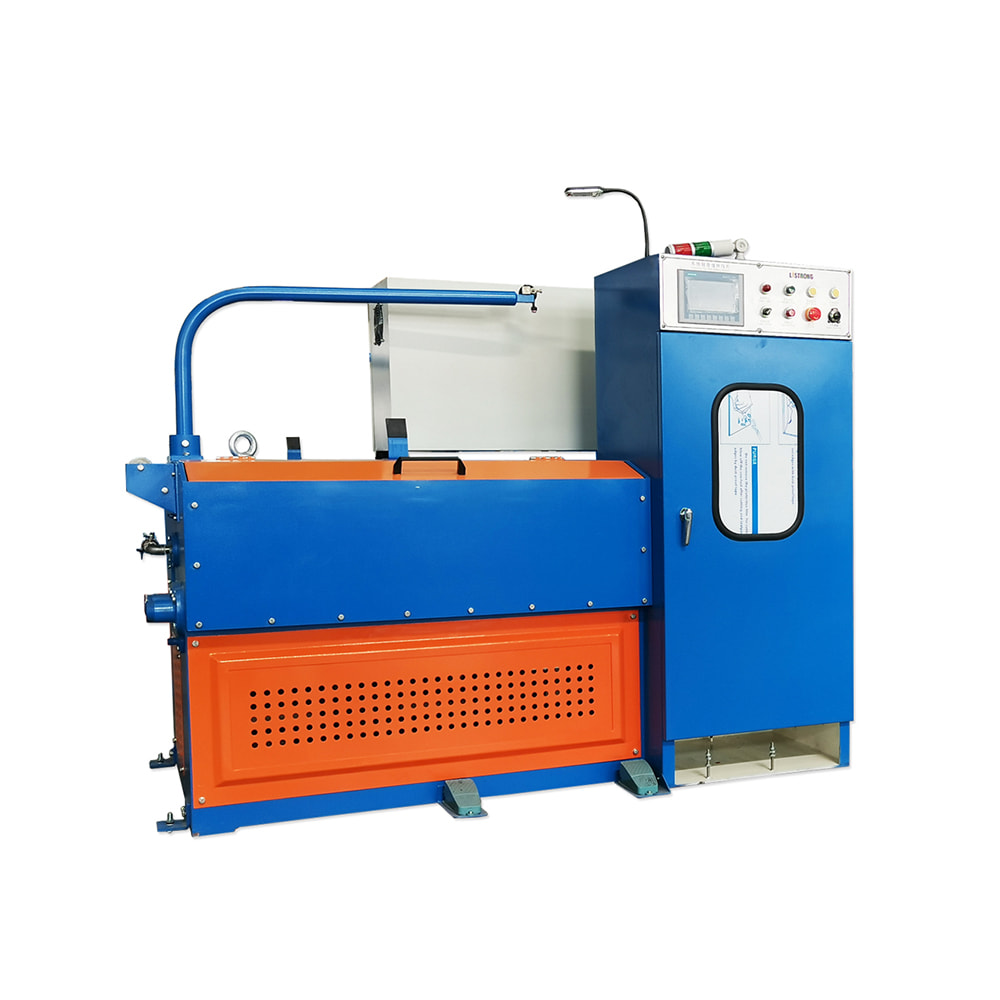The market demand for steel wire drawn with steel wire drawing machines is driven by its critical role across various industries due to its versatility, strength, and durability. Steel wire drawing machines, particularly those featuring high-speed and automatic operations, are essential for producing steel wire in a range of sizes and specifications, tailored to meet the needs of different applications. The demand for steel wire is influenced by factors such as industrial growth, infrastructure development, and advancements in manufacturing technologies.
One of the primary sectors driving demand for steel wire is the construction industry. Steel wire is used extensively in reinforcing concrete structures, including bridges, high-rise buildings, and residential constructions. The wire's strength and flexibility make it ideal for reinforcing concrete, enhancing its load-bearing capacity and overall durability. Additionally, the construction of infrastructure projects such as highways and railways relies heavily on steel wire for reinforcement and stabilization.
Another significant industry utilizing steel wire is automotive manufacturing. Steel wire is used in the production of various components, including suspension systems, brake lines, and control cables. The automotive sector demands high-quality steel wire that meets stringent safety and performance standards, which drives the need for advanced drawing machines capable of producing wire with consistent quality and precision.
The telecommunications industry also contributes to the market demand for steel wire. Steel wire is employed in the production of telecommunication cables and support structures. The need for reliable and durable materials to ensure uninterrupted communication services drives the demand for high-quality steel wire that can withstand environmental stresses and mechanical loads.

Moreover, the agricultural sector uses steel wire in fencing, equipment, and other applications. The strength and durability of steel wire make it suitable for creating robust fencing solutions that protect livestock and crops. The increased focus on modernizing agricultural practices and enhancing farm security contributes to the demand for steel wire in this sector.
Historically, the development of steel wire drawing technology has paralleled advancements in industrial processes and manufacturing efficiency. From its early origins, when manual methods were prevalent, to the sophisticated high-speed and automated machines used today, steel wire drawing technology has continuously evolved to meet growing industrial demands. This evolution reflects broader trends in manufacturing, where increased efficiency and precision are crucial for maintaining competitive advantage.
The global market for steel wire drawn with advanced machines is buoyed by ongoing industrialization, infrastructure development, and technological advancements. Industries such as construction, automotive, telecommunications, and agriculture are key consumers of steel wire, each with specific requirements that drive the demand for high-quality, versatile wire products. As technology continues to advance, the steel wire drawing industry will likely see further innovations that enhance production efficiency and expand its applications across various sectors.




 中文简体
中文简体 русский
русский Español
Español عربى
عربى














Contact Us